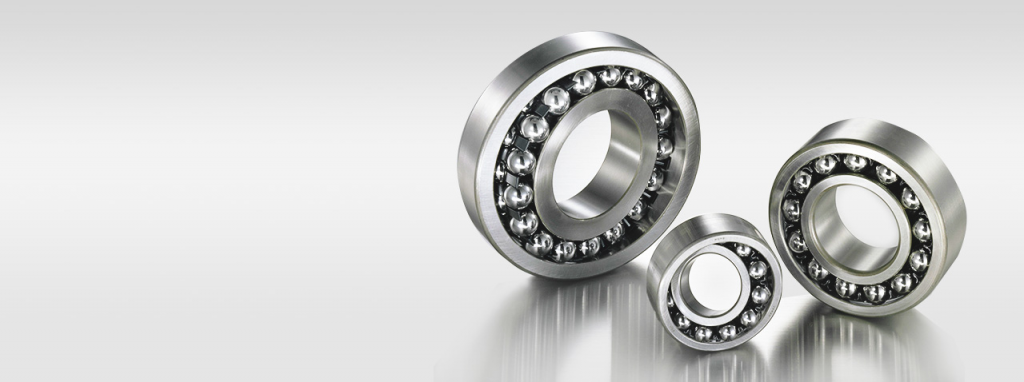
Self aligning ball bearing catalogue are essential components in mechanical systems that require precise alignment and load handling. They are designed to accommodate misalignment between shafts and housings, ensuring smooth operation and longevity of machinery. The aligning ball bearing catalogue provides a comprehensive overview of the products and their specifications, enabling engineers and maintenance professionals to select the most suitable bearing for their applications. This article delves into the key elements of an aligning ball bearing catalogue, highlighting the range of products and their specifications.
Understanding Aligning Ball Bearings
Aligning ball bearings are designed to manage both radial and axial loads while compensating for misalignment between the shaft and the housing. This misalignment can be due to manufacturing tolerances, mounting errors, or thermal expansion. These bearings typically feature a spherical outer race that allows for angular misalignment, making them ideal for applications where perfect alignment cannot be guaranteed.
Catalogue Overview: Products
The aligning ball bearing catalogue usually categorizes products based on several key parameters:
Bearing Types: The catalogue may include different types of aligning ball bearings such as:
Self-Aligning Ball Bearings: These have two rows of balls and a common sphered raceway in the outer ring, which allows for a high degree of misalignment.
Spherical Roller Bearings: While not strictly a ball bearing, these are often included due to their similar alignment capabilities and capacity for handling heavy loads.
Bearing Sizes: Bearings are available in various sizes to suit different applications. The catalogue provides details on inner diameter, outer diameter, and width, allowing for precise matching with the shaft and housing dimensions.
Materials: Aligning ball bearings are made from various materials including:
Chrome Steel: Offers good durability and resistance to wear.
Stainless Steel: Provides enhanced resistance to corrosion, suitable for harsh environments.
Ceramic Materials: Used for applications requiring high speed and reduced friction.
Seals and Shields: Bearings can come with different types of seals or shields:
Rubber Seals: Protect against dust and moisture, suitable for general environments.
Metal Shields: Provide robust protection in more demanding conditions.
Precision and Tolerance: The catalogue often specifies the precision class of the bearings, such as:
Normal Precision: Suitable for general-purpose applications.
Higher Precision: Used in applications requiring strict accuracy and minimal runout.
Specifications: Key Details
Each bearing listed in the catalogue includes detailed specifications:
Load Ratings: The catalogue provides the dynamic and static load ratings, indicating the bearing’s capacity to handle various loads without failure.
Misalignment Angle: Information on the permissible misalignment angle is crucial for ensuring that the bearing can accommodate the expected shaft misalignment.
Speed Ratings: Bearings are rated for maximum operating speeds. The catalogue provides these ratings to ensure the bearing can perform effectively under the expected rotational speeds.
Lubrication: The type and quantity of lubrication required for optimal performance are often listed. Some bearings come pre-lubricated, while others may need regular maintenance.
Temperature Ranges: The operating temperature range is specified to ensure that the bearing can function effectively in the given thermal conditions.
Conclusion
The aligning ball bearing catalogue is an invaluable resource for selecting the appropriate bearings for various applications. By providing detailed information on product types, sizes, materials, seals, precision, load ratings, and other specifications, the catalogue helps engineers and maintenance professionals make informed decisions. Understanding these elements ensures that the chosen bearings will provide reliable performance, accommodate misalignment, and contribute to the overall efficiency and longevity of mechanical systems. Whether for industrial machinery, automotive components, or other applications, the aligning ball bearing catalogue is essential for achieving optimal bearing performance and system reliability.
